Powdered Bulk Herbs – Aloe Vera Leaf Powder
Powdered Bulk Herbs Aloe Vera Leaf Powder
—History—The Mahometans, especially those in Egypt, regard the Aloe as a religious symbol, and the Mussulman who has made a pilgrimage to the shrine of the Prophet is entitled to hang the Aloe over his doorway. The Mahometans also believe that this holy symbol protects a householder from any malign influence.
In Cairo, the Jews also adopt the practice of hanging up the Aloe.
In the neighbourhood of Mecca, at the extremity of every grave, on a spot facing the epitaph, Burckhardt found planted a low shrubby species of Aloe whose Arabic name, saber, signifies patience. This plant is evergreen and requires very little water. Its name refers to the waiting-time between the burial and the resurrection morning.
All kinds of Aloes are admirably provided by their succulent leaves and stems against the drought of the countries where they flourish. The cuticle which covers every part of the plant is, in those which contain a great quantity of pulpy material, formed so as to imbibe moisture very easily and to evaporate it very slowly. If the leaf of an Aloe be separated from the parent plant, it may be laid in the sun for several weeks without becoming entirely shrivelled; and even when considerably dried by long exposure to heat, it will, if plunged into water, become in a few hours plump and fresh.
[Top]
—Medicinal Action and Uses—The drug Aloes is one of the safest and best warm and stimulating purgatives to persons of sedentary habits and phlegmatic constitutions. An ordinary small dose takes from 15 to 18 hours to produce an effect. Its action is exerted mainly on the large intestine, for which reason, also it is useful as a vermifuge. Its use, however, is said to induce Piles.
From the Chemist and Druggist (July 22, 1922):
‘Aloes, strychnine and belladonna in pill form was criticized by Dr. Bernard Fautus in a paper read before the Chicago branch of the American Pharmaceutical Society. He pointed out that when given at the same time they cannot possibly act together because of the different speed and duration of the three agents. Aloin is slow in action, requiring from 10 to 12 hours. Strychnine and Atropine, on the other hand, are rapidly absorbed, and have but a brief duration of action.’
Preparations of Aloes are rarely prescribed alone, they require the addition of carminatives to moderate the tendency to griping. The compound preparations of Aloes in use generally contain such correctives, but powdered Aloes and the extracts of Aloes represent the crude drug.
Aloes in one form or another is the most common domestic medicine and is the basis of most proprietary or so-called ‘patent’ pills.
There is little to choose medicinally between the Curacoa and Socotrine varieties, but the former is somewhat more powerful, 2 grains of Curacoa Aloes being equal to 3 grains of Socotrine Aloes in purgative action. The latter is more expensive but varies much in quality.
Aloes is the purgative in general uses for horses, it is also used in veterinary practice as a bitter tonic in small doses, and externally as a stimulant and desiccant.
Aloes was employed by the ancients and was known to the Greeks as a production of the island of Socotra as early as the fourth century B.C. The drug was used by Dioscorides, Celsus and Pliny, as well as by the later Greek and Arabian physicians, though it is not mentioned either by Hippocrates or Theophrastus.
From notices of it in the Anglo-Saxon leech-books and a reference to it as one of the drugs recommended to Alfred the Great by the Patriarch of Jerusalem, we may infer that its use was not unknown in Britain as early as the tenth century. At this period the drug was imported into Europe by way of the Red Sea and Alexandria. In the early part of the seventeenth century, there was a direct trade in Aloes between England and Socotra, and in the records of the East Indian Company there are notices of the drug being bought of the King of Socotra, the produce being a monopoly of the Sultan of the island.
The word Aloes, in Latin Lignum Aloes, is used in the Bible and in many ancient writings to designate a substance totally distinct from the modern Aloes, namely the resinous wood of Aquilaria agallocha, a large tree growing in the Malayan Peninsula. Its wood constituted a drug which was, down to the beginning of the present century, generally valued for use as incense, but now is esteemed only in the East.
A beautiful violet colour is afforded by the leaves of the Socotrine Aloe, and it does not require a mordant to fix it.
Latin Name:
Aloe barbadensis
Common Names:
Parts Used:
Properties:
Traditional Uses:
Topical Uses / Applications:
Culinary Uses:
Chemical Properties:
Cautions:
GRAS: Generally Recognized as Safe. This herb can be safely consumed when used appropriately.
Folk Lore:
N/A
*Disclaimer: These statements have not been evaluated by the Food and Drug Administration. This product is not intended to diagnose, treat, cure or prevent any disease.
Resources:

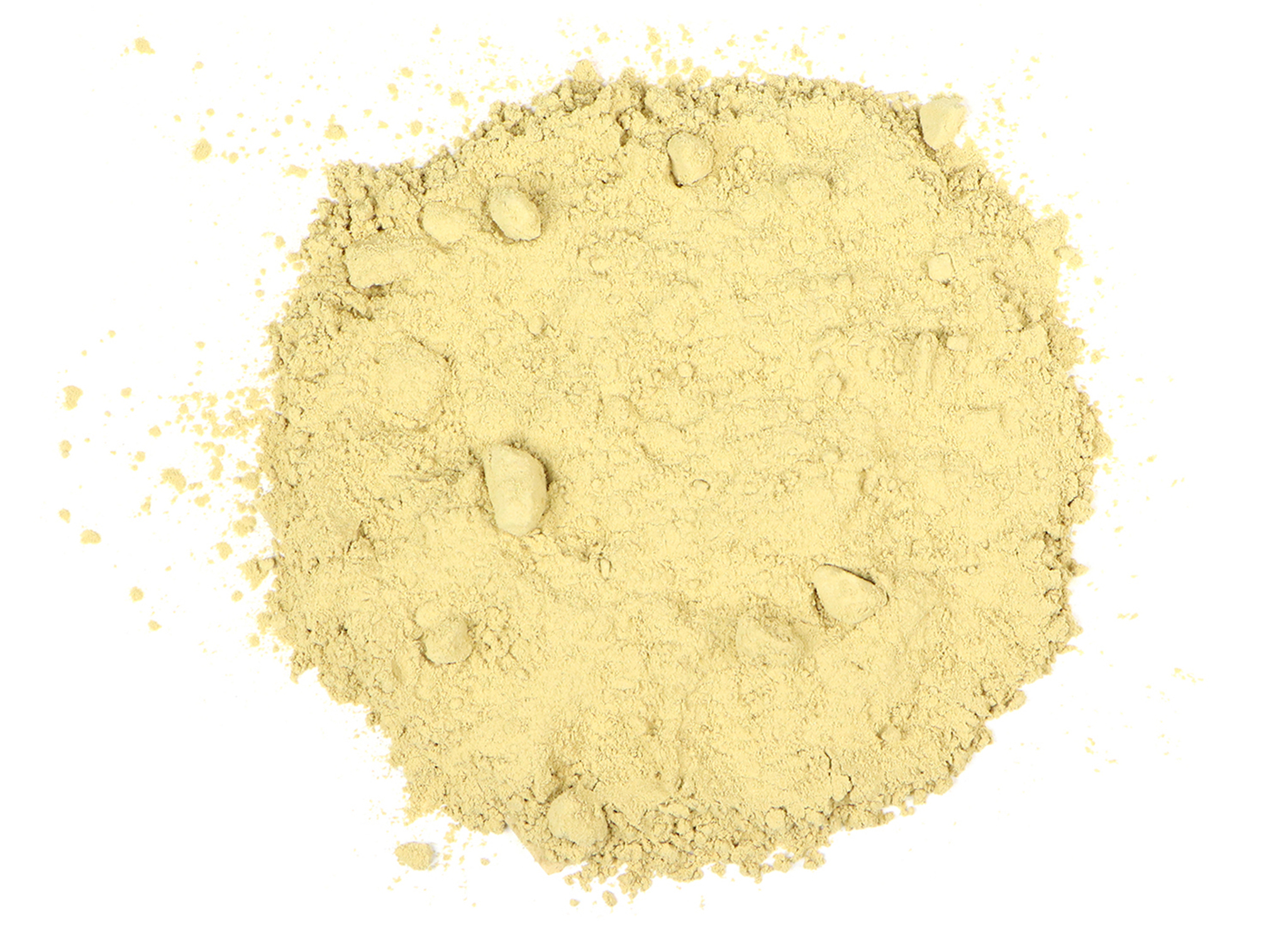
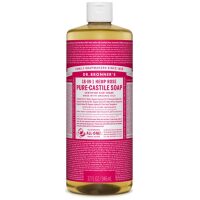
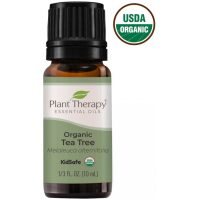
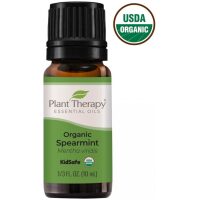
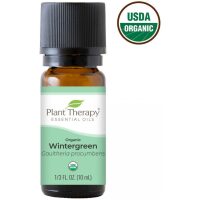
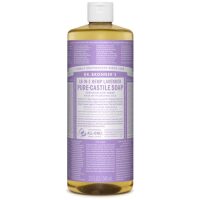
Reviews
There are no reviews yet.